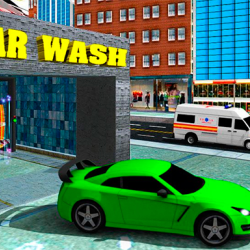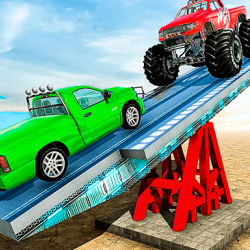Control
Use left-click with a mouse or tap directly on a touch-screen to interact.
description
Caring for a baby bear demands evolving strategies as it grows. At the earliest stage, focus on immediate survival—keep the cub warm with soft blankets and regulate its body temperature using heating pads. Feed specialized formula every few hours with a bottle, mimicking natural nursing rhythms. Gentle touch builds trust; avoid sudden movements to prevent stress. Monitor weight gain and hydration closely, adjusting portions as needed. Introduce a quiet, dimly lit den-like space to simulate security. As the cub stabilizes, shift toward stimulating its instincts. Gradually replace bottle feeds with mashed berries, insects, and honey in shallow bowls. Encourage paw coordination by scattering food across textured surfaces. Design a small, enclosed play area with logs and shallow water pits to practice climbing and splashing. Begin vocal training through repetitive, soothing calls to establish communication. Watch for curiosity-driven behaviors—nudging objects or digging—and reward them with treats to reinforce exploration. During the juvenile phase, prioritize physical and social development. Expand the habitat to include climbing trees, rocky terrain, and hidden food caches. Introduce live prey like fish in controlled settings to hone hunting skills. Establish boundaries using firm vocal commands to discourage overreliance on humans. Socialize the bear with non-threatening wildlife (under supervision) to nurture natural behaviors. Rotate enrichment tools—scent trails, puzzle feeders—to prevent boredom. Track growth metrics and adjust diets to include raw meat and seasonal vegetation. In the final pre-release stage, minimize human interaction to foster independence. Transition to larger, forested enclosures with minimal artificial structures. Let the bear forage alone for hours, intervening only during emergencies. Test survival readiness by exposing it to weather changes and natural competitors. Use remote cameras to monitor progress without direct contact. Gradually reduce food provisioning, encouraging self-sufficiency. Conduct health assessments to ensure readiness for wild release, prioritizing habitats with existing bear populations to support integration.































